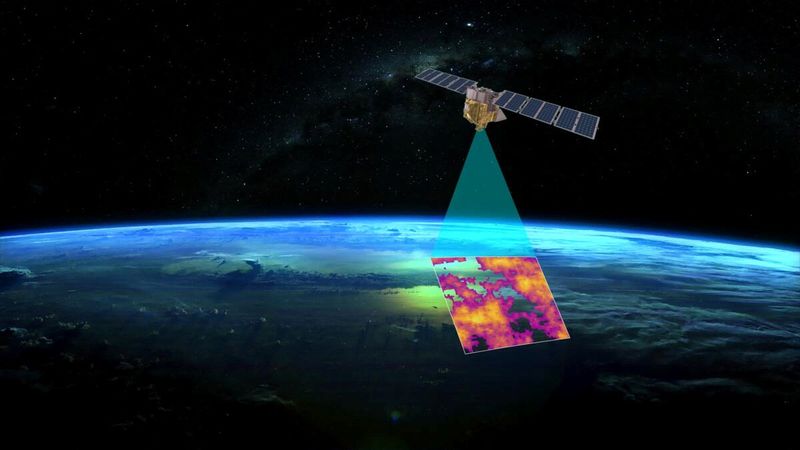By Valerie Volcovici
WASHINGTON (Reuters) - A new satellite backed by Alphabet (NASDAQ:GOOGL) Inc's Google and the Environmental Defense Fund group will launch from California on Monday with a mission to pinpoint oil and gas industry methane emissions from space.
The MethaneSAT sattelite will add to a growing fleet of spacecraft in orbit that are meant to help fight climate change by publishing data on emissions of the invisible but potent greenhouse gas.
While the European Space Agency and another satellite-based tracker called GHGSat are already providing methane emissions data, MethaneSAT will provide more detail and have a much wider field of view, its backers say.
The Environmental Defense Fund (EDF (EPA:EDF)) said the data will bring accountability to the more than 50 oil and gas companies that pledged at the Dubai COP28 climate summit in December to zero out methane and eliminate routine gas flaring, and help those preparing to comply with forthcoming methane regulations in the EU and the U.S., including a methane pollution fee.
"We'll be able to see who the laggards are, but hopefully they will use that information in a constructive way to improve their performance," said Mark Brownstein, senior vice president for energy transition at EDF.
MethaneSAT was developed in conjunction with the New Zealand Space Agency and Harvard University, among others, and its data will be available to the public later this year, EDF said. Google Cloud will provide the computing capabilities to process the information.
Methane emissions - which come from oil and natural gas production, agricultural waste, and landfills - are many times more potent than carbon dioxide as a greenhouse gas.

Oil industry group the American Petroleum Institute said emissions data from third parties should not be used for regulatory purposes without verification.
"The environmental regulator is still going to be paramount here as the authority in terms of validating the data,” said Aaron Padilla, API vice president of corporate policy.
